9 Different Types of Conifer Trees (With Pictures)
-
Kristin Hitchcock
- Last updated:
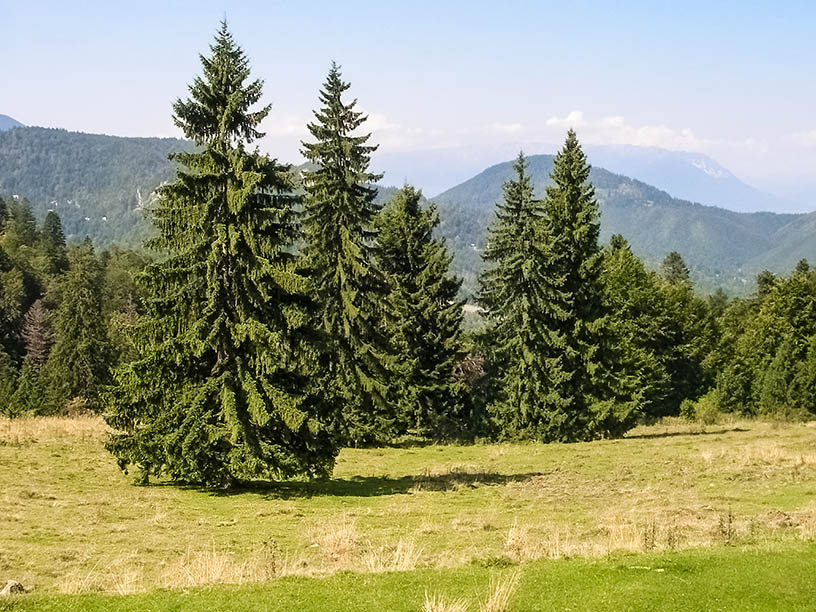
There are several conifer trees, which include species that do not have deciduous leaves. In other words, conifers keep their leaves all year. They are easily identified by their pine-like needles and cones. In fact, there are over six hundred types of conifer trees, though they are divided into different families.
In this article, we’ll look at nine different families and some of the more popular trees within them. To tell each species apart, you’ll need to look at each tree’s needles, cones, bark, and shape. Conifers look similar to each other, but when you become familiar with their characteristics, you won’t have any trouble identifying them.
The 9 Different Types of Conifer Trees
1. Cedar Trees
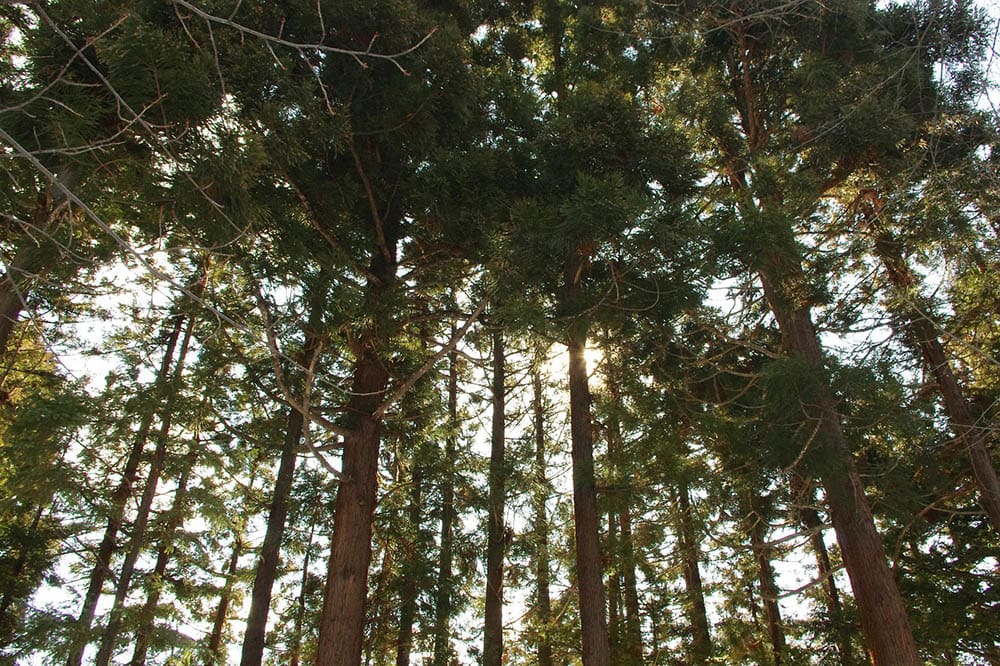
Cedars are one of the more popular conifer trees. They are used to make various types of furniture and other wooden items, like cedar boxes. They have a unique scent, and some people believe you can ID them simply based on their smell. However, this is not necessarily true, and many other trees also smell like conifers.
Actually, there are only four types of Cedars, which are all found in Europe and Asia. However, other species are commonly identified as cedar trees. These are referred to as “false Cedars” and often have “cedar” in their common name, though they don’t actually belong to this species.
Cedars usually produce dense clusters of needles ranging from 1 to 2 inches long. They also produce barrel-shaped cones that point upwards from the branch.
2. Pine Trees
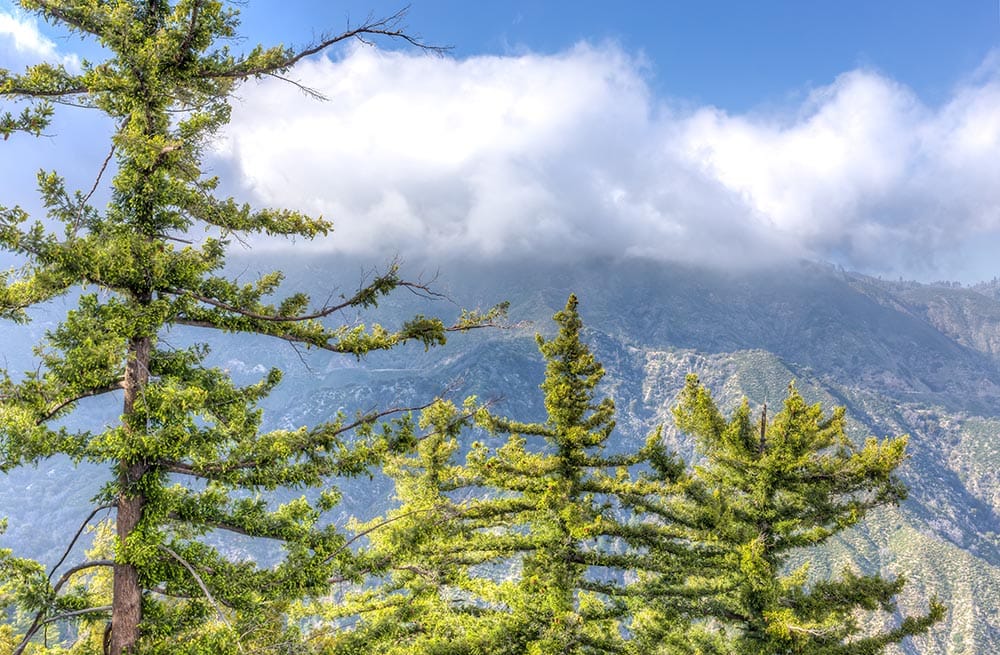
Pine trees are the most common conifers. Many people mistakenly believe that all conifers are Pine trees, though that is not the case. There are 220–250 species, depending on who you ask. Some people lump certain trees together as the same species, while others separate them into one species.
Most Pines are in temperate climates, with one of their largest ranges being in North America. However, some species are found in the subarctic all the way to the tropics. Pines are often dominant in montane, boreal, and coastal forests.
3. Fir Trees
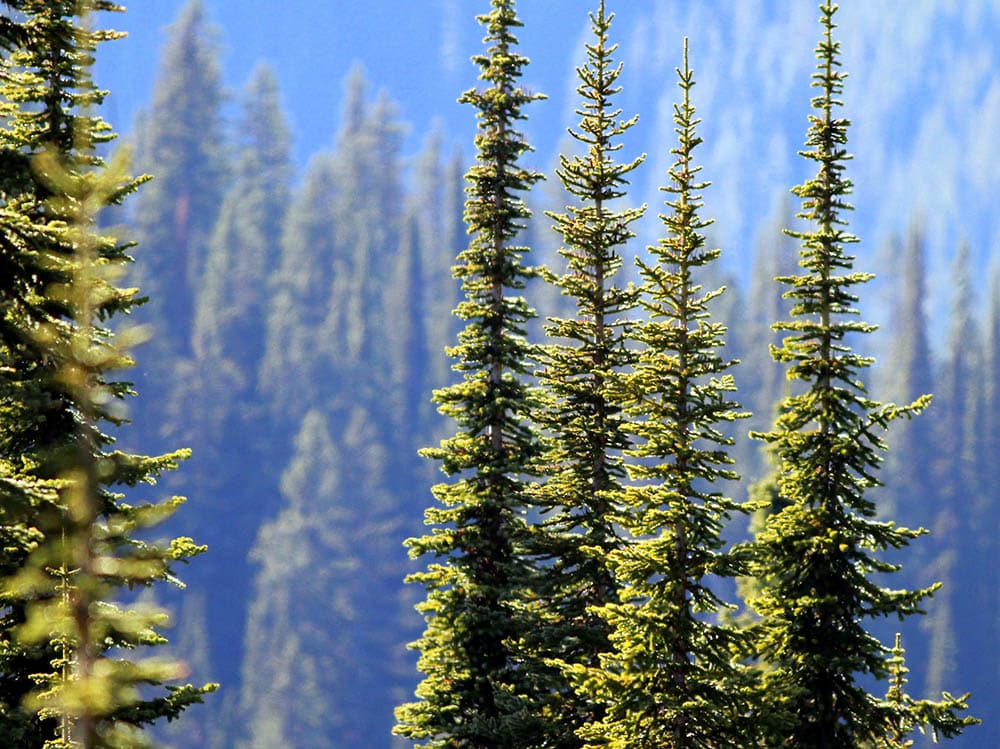
Fir trees are quite common and look a bit like pine trees, so they are often grouped with them. They are found throughout most of the continents, including Europe, Asia, North Africa, and Central America. They are usually in the mountains in these areas, preferring high altitudes. Firs are very closely related to cedars and are often mistakenly considered cedars.
Conversely, many trees that are popularly called Firs are not actually Firs. For instance, Douglas Firs are not actually Fir trees at all.
The term “fir” comes from the Latin word “to rise. It refers to the tree’s great height, which can sometimes reach 262 feet, though most are much shorter. You can identify Firs by how their needle-like leaves form suction cups. Their cones are also upright on their branches and look like candles.
4. Spruce Trees
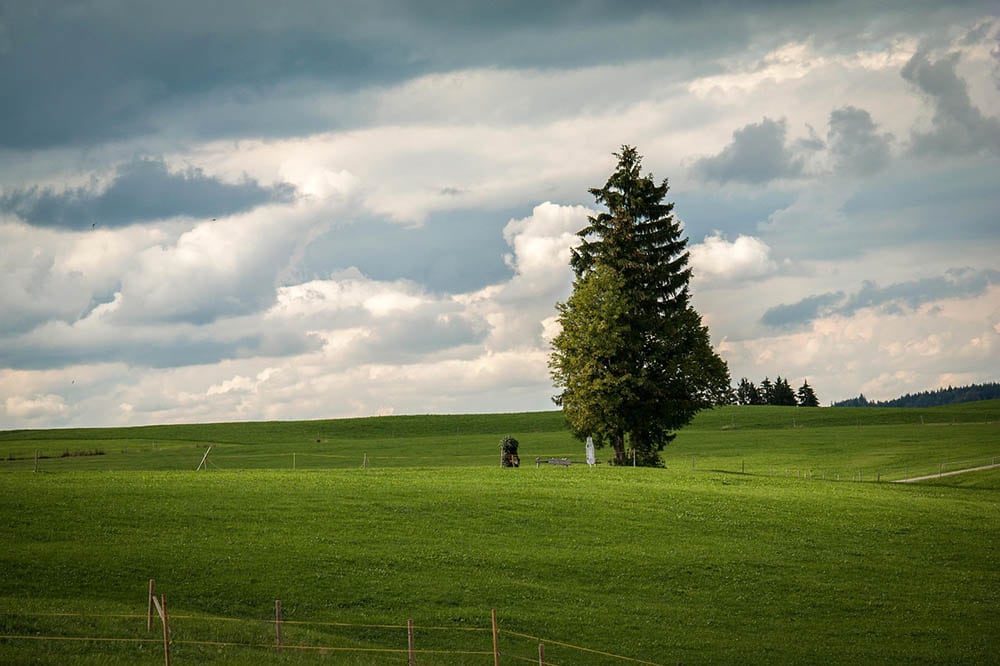
There are only a few species in the Spruce family—35, in fact. They are one of the smaller conifers that live in northern regions, particularly in temperate and boreal areas, but they can grow 60 to 200 feet tall. Their needles are four-sided, and their cones hang downwards after they are pollinated. These characteristics set them apart from other types of conifers.
Spruce trees shed their leaves when they are 4–10 years old. During this period, their branches will be rough with retained pegs. In some cases, they’ll have smooth branches, however. Spruce trees play an important role in the lifecycle of some insect species. For instance, they are eaten by moths and butterflies.
While many Spruces reproduce through normal means, there are some reports of Norway Spruces reproducing through layering. The oldest Norway spruce is reported to be 9,550 years old.
5. Larch Trees
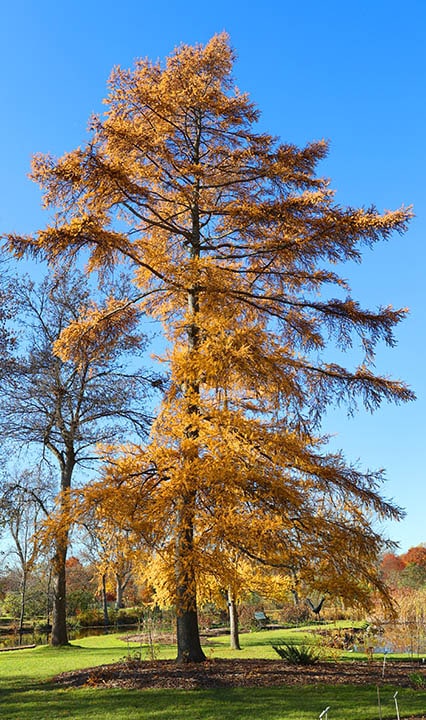
Larch trees are one of the few deciduous conifers, which means that they shed their pine needles regularly. Just like broad-leaf trees, these conifers will lose their needles every autumn. They are the dominant tree in the boreal forests of Canada and Siberia.
Larches usually grow around 65 to 120 feet tall. Typically, they are less common than other conifers and are often confused with other trees because they lose their needles.
6. Cypress Trees
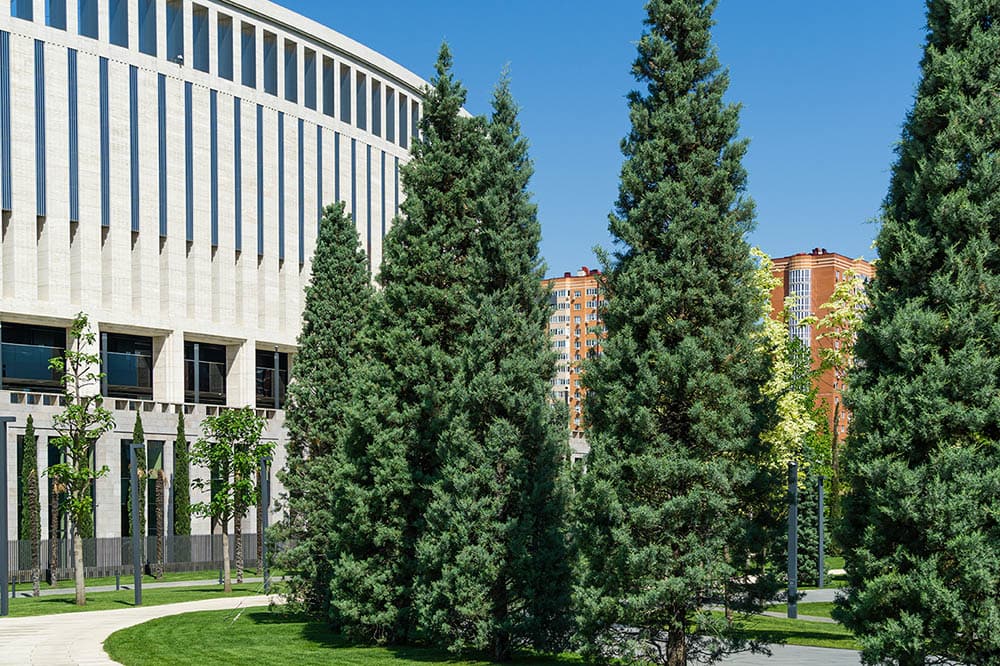
Cypress trees are smaller than other conifers and only grow to about 16–130 feet tall. The leaves grow in opposite pairs and stay on for about 3 to 5 years. After that, they fall off. The leaves are about 0.2 to 0.59 inches long. The cones take a bit to mature, and some don’t mature from pollination for 2 years. The seeds are small, and there are two narrow wings on each side.
There are many types of Cypress trees. Most are adapted in some way to forest fires. Sometimes, the cones only open during wildfires after the mother tree has been destroyed. Then, the cone is released onto the bare ground, where it will have little competition. However, some species simply release the seeds when they mature.
7. Juniper Trees
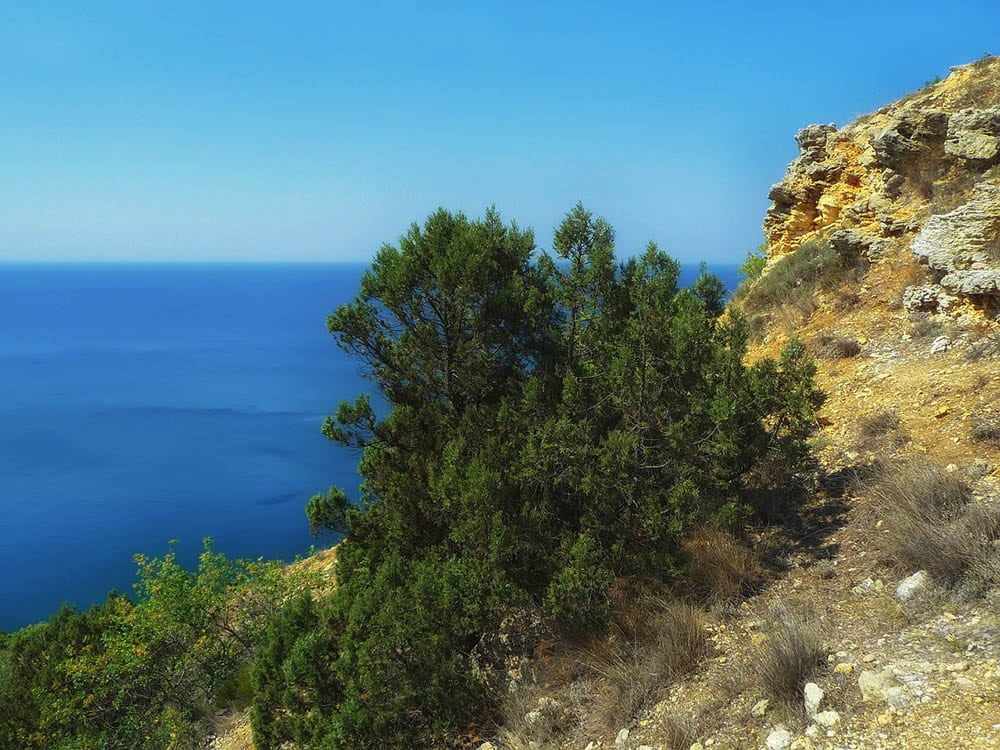
Junipers contain 50 to 67 species. It depends on who you ask since some species are grouped together. They are distributed throughout the Northern Hemisphere, including the Arctic and tropical Africa. They are also in the mountains of Central America.
They like the higher altitudes. In fact, they grow in the northern Himalayans, where they thrive in one of the highest forests in the world.
8. Yew Trees
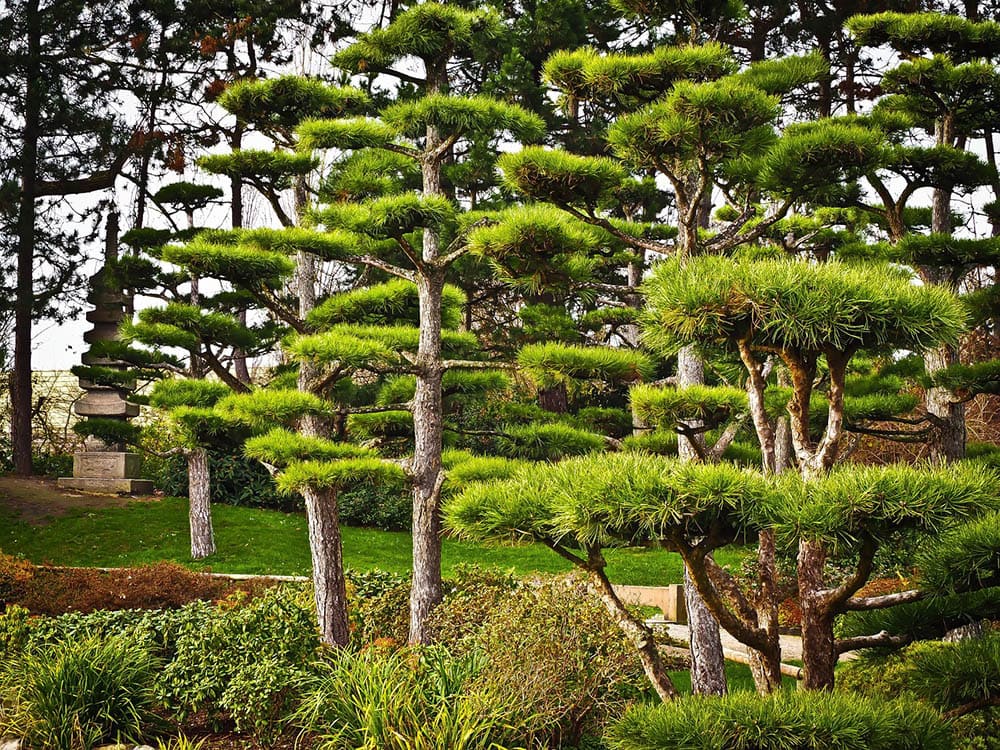
There isn’t actually a type of tree called the Yew. Instead, this term is used to refer to many species that just happen to include the word “yew.” Many of these trees belong to the Taxus genus, which is also known as the yew family. However, some species are referred to as “yew” that don’t belong to the family.
Yews are relatively long-lived and slow-growing. They can reach up to 65 feet, but that is short compared to other trees on this list. Yews are an old species with fossils dating back to the Early Cretaceous.
Some Yews are poisonous, but the toxin levels vary between species. Some seeds are dangerously poisonous. Birds can eat the surface of the seed but cannot penetrate the outer shell. However, humans can easily break open the seeds, which releases toxins.
9. Redwood Trees
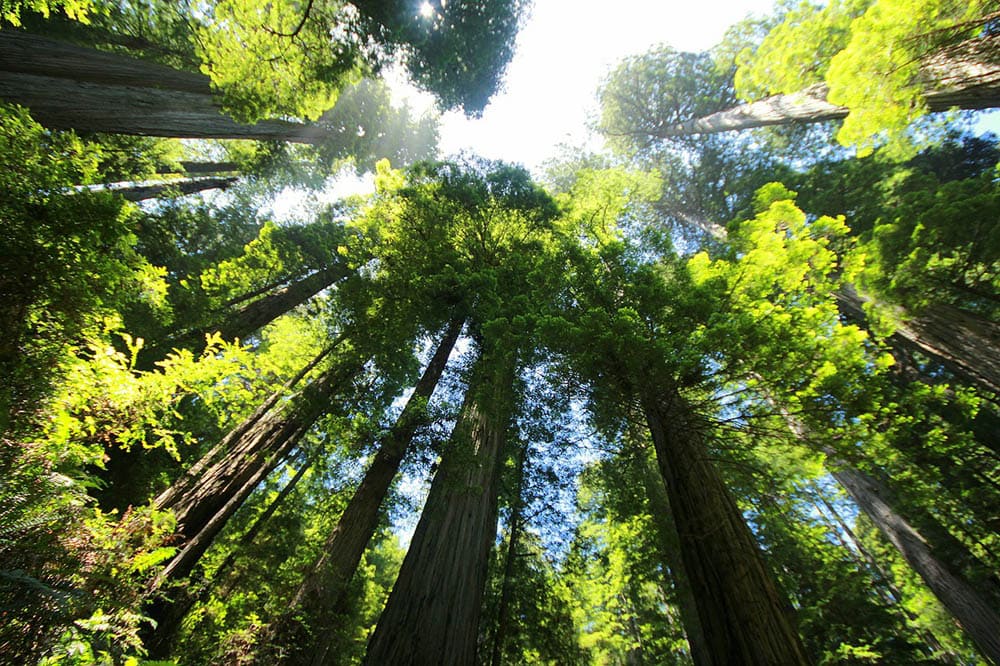
Redwoods are enormous trees and are the biggest in the world. There are three subspecies of this breed, and most of them are located in California. However, there is one that is native to China, but it’s much smaller than the others. Redwood trees can live for thousands of years. However, they face several threats, such as logging, fires, and climate change.
Conclusion
Conifers are resilient trees that have weathered wildfires for millennia. You can find several species of conifers around the world. However, their differences are not always that obvious, and they sometimes get confused with each other. For instance, quite a few trees are referred to as “cedar” that are unrelated to the species. However, you can find several types that are easy to identify like the Redwood, which has no equal.
Featured Image Credit: RoxannaR, Shutterstock
Contents
